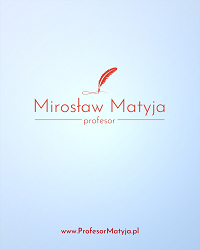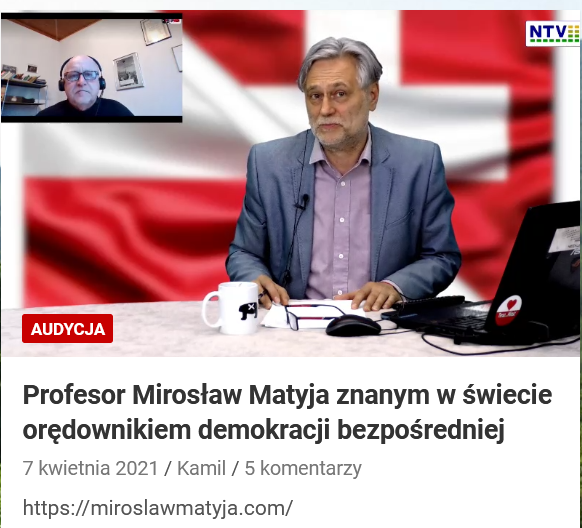The Development of Flash Interactive Learning Media in Improving English Speaking Skills of Grade X at SMA Negeri 16 Medan
Abstract
Keywords
Full Text:
PDFReferences
Almaida, Habibina dan Julaga Situmorang. 2015. “Pengembangan Media Video Pembelajaran Tata Rias Pengantin Yogya Paes Ageng Pada Mata Kuliah Tata Rias Pengantin Indonesia”. Jurnal Teknologi Informasi dan Komunikasi dalam Pendidikan, Vol.2, No.1, 43-56.
Baidawi, Achmad. 2016. “Using Visual Media in Teaching Speaking”. OKARA Journal of Languages and Literature, Vol. 1, Tahun 1, 54-56.
Bobek, Eliza dan Barbara Tversky. 2016. “Creating Visual Explanations Improves Learning”. Cognitive Research: Principle and Implications, 1:27, pp.1-14.
Borg, Walter R., Gall, Meredith D., dan Gall, Joyce P. 2005. Educational Research: An Introduction. United States: Person Education Inc.
Chao, Joseph T., Kevin R. Parker, dan Anthony Fontana. 2011. “Developing an Interactive Social Media Based Learning Environment”. Issues in Informing Science and Information Technology Volume 8, 323-333.
Depdikbud. 2006. Standar Kompetensi SMA/SMK. Jakarta: Depdikbud.
Depdiknas. 2007. Kurikulum Tingkat Satuan Pendidikan. Jakarta: Depdiknas.
Ampera, Dina. 2017. “Adobe Flash CS6-Based Interactive Multimedia Development for Clothing Pattern Making”. Advances in Social Science, Educational and Humanities Research, volume 102, 1st International Conference om Technology and Vocational Teachers (ICTVT 2017), pp.314 – 318.
Ampera, Dina dan Nurhayati. 2019. “Pengembangan Multimedia Interaktif Mata Pelajaran Membuat Pola Kelas Tata Busana SMK Negeri 1 Laguboti”. Jurnal Keluarga Sehat Sejahtera Vol. 17 (1) Juni 2019, pp. 1 – 10.
Dick, Walter dan Carey, Lou. 2005. The Systematic Design of Instruction. United States of America: Scott Foresman and Company.
Ghanizadeh, Afsaneh dan Razavi, Azam. 2015. “The Impact of Using Multimedia in English High School Classes on Students' Language Achievement and Goal Orientation”. International Journal of Research Studies in Educational Technology, Volume 4 Number 2, 31-42.
Gilakjani, Abbas Pourhosein. 2012. “The Significant Role of Multimedia in Motivating EFL Learners’ Interest in English Language Learning”. I.J. Modern Education and Computer Science, 4, 57-66.
Halwani, Noha. 2017. “Visual Aids and Multimedia in Second Language Acquisition”. English Language Teaching, Vol.10, No.6, 53-57.
Kustandi, Cecep dan Sutjipto Bambang. 2013. Media Pembelajaran Manual dan Digital. Jakarta: Ghalia Indonesia.
Mehrdad, Ali Gholami dan Manouchehr Ahghar. 2012. “Learning Styles and Learning Strategies of Left-handed EFL Students”. Procedia - Social and Behavioral Sciences 31, 536-545.
Miarso, Yusuf Hadi. 2004. Menyemai Benih Teknologi Pendidikan. Jakarta: Prenoda Media.
Muchith, S. 2007. Pembelajaran Kontekstual. Semarang: RaSAIL.
Muslem, Asnawi dan Merza Abbad. 2017. “The Effectiveness of Immersive Multimedia Learning with Peer Support on English Speaking and Reading Aloud”. International Journal of Instruction, Vol. 10, No. 1, 203-218.
Pun, Min. 2013. “The Use Multimedia Technology in English Language Teaching: A Global Perspective”. Crossing the Border: International Journal of Interdisciplinary Studies, Volume 1, Number 1, pp.29-38.
Purwanto. 2004. Evaluasi Hasil Belajar. Yogyakarta: Pustaka Pelajar.
Putri, Intan Permata dan Abdul Hasan Sibuea. 2014. “Pengembangan Media Pembelajaran Interaktif Pada Mata Pelajaran Fisika”. Jurnal Teknologi Informasi dan Komunikasi dalam Pendidikan, Vol.1, No.2, 145-155.
Rahimi, Mehrak., Ghodrat Momenia, dan Reza Nejatia. 2012. “The Impact of Lexically-Based Language Teaching on Students’ Achievement in Learning English as a Foreign Language”. Procedia - Social and Behavioral Sciences 31, 31-36.
Sari, A.S.P., and Sembiring, R.K. (2019). Improving Students’ English Speaking Skill Through the Implementation of Talking Stick Method to the Fifth Grade Students of State Primary School 028226 Binjai. Budapest International Research and Critics in Linguistics and Education (BirLE) Journal Vol 2 (4): 507-513.
Sharma, Pratibha. 2013. “Role of Interactive Multimedia for Enhancing Students’ Achievement and Retention”. International Women Online Journal of Distance Education, Volume: 2 Issue: 3 Article: 02, 12-22.
Shuying, Yang. 2009. “Classroom Speaking Activities”, Forum Journal, 37, 4, 22-23.
Shyamlee, Solanki D., 2012. “Use of Technology in English Language Teaching and Learning: An Analysis”. International Conference on Language, Medias, and Culture, Vol.33, pp.150-156.
Simbolon, Naeklan. 2014. “Pengaruh Pendekatan Pembelajaran dan Kemampuan Verbal terhadap Kemampuan Berbicara Bahasa Inggris Siswa SMA Negeri 14 dan 21 Medan”. Cakrawala Pendidikan, Th. XXXIII, No. 2, 225-235.
Simbolon, Naeklan. 2016. “Project Based Learning Implementation to Enable Students’ Activities”. ESJ Volume 5, No. 2, 41-48.
Sugiyono. 2012. Metode Penelitian Kuantitatif Kualitatif R&D. Bandung: Alfabeta
Syakur, A. (2020). Improving English Language Speaking Skills Using “Absyak” On-Line Learning Model for Second Semester in Higher Education. Budapest International Research and Critics in Linguistics and Education (BirLE) Journal Vol 3 (2): 684-694.
Thamarana, Simhachalam. 2016. “Use of Multimedia Technologies in English Language Learning: A Study”. International Journal of English Language Teaching, Vol. 4, No.8, 15-30.
Ulaş, A. Halim., Cahit Epçaçan, dan Büşra Koçak. 2012. “Assessment of the Curriculum of Turkish Language Teaching in the 2nd Grade of Primary Education in Terms of Critical Thinking Skills”. Procedia - Social and Behavioral Sciences 31, 369 – 375.
Zhen, Zhang. 2016. “The Use of Multimedia in English Teaching”. US-China Foreign Language, Vol. 14, No. 3, 182-189.
DOI: https://doi.org/10.33258/birle.v4i1.1568
DOI (PDF): https://doi.org/10.33258/birle.v4i1.1568.g2013
Article Metrics
Abstract view : 312 timesPDF - 217 times
Refbacks
- There are currently no refbacks.

This work is licensed under a Creative Commons Attribution-ShareAlike 4.0 International License.

This work is licensed under a Creative Commons Attribution-ShareAlike 4.0 International License

_.gif)



















_.gif)



